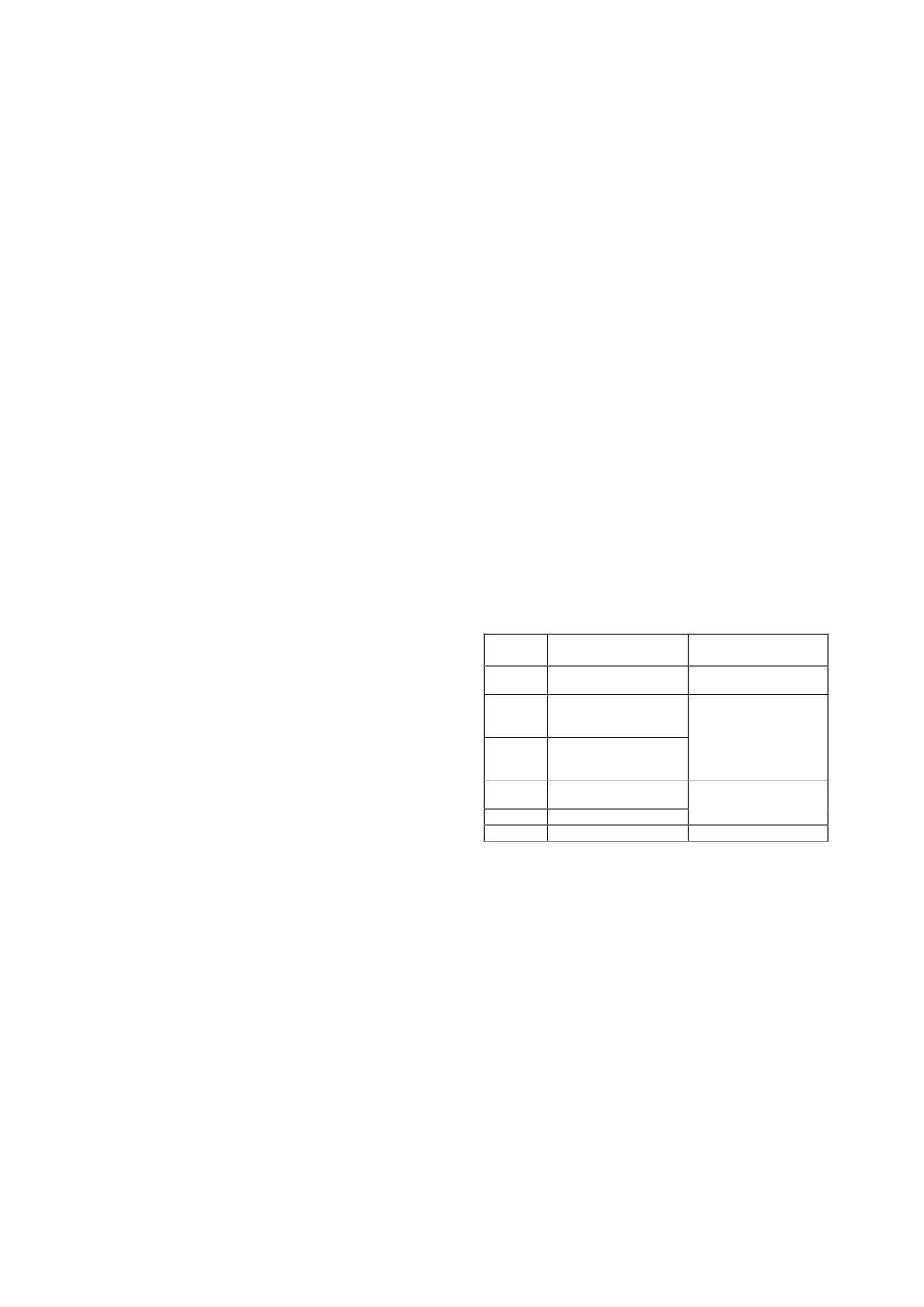
1563
Investigation of Reinforced Earth Structures Following the 2011 Tohoku Earthquake
Etude des structures en Terre Armée suite au séisme de Tohoku de 2011
Otani Y., Takao K.
Hirose & co., Ltd.
Sakai S., Kimura T.
JFE Shoji Terre One Corporation
Kuwano J.
Saitama University
Freitag N., Sankey J.
Freyssinet/Terre Armée Internationale
ABSTRACT: An investigation of mechanically stabilized earth (MSE) structures constructed with Reinforced Earth (Terre Armee)
technology
1
was carried out after the 2011 Tohoku Earthquake in Japan. Reinforced Earth walls examined for the survey were ranked
according to associated disaster-caused damages. The results of this research indicated high levels of earthquake resistance in the
steel-reinforced structures constructed with this technology method.
RESUME : Une recherche sur les structures de terre stabilisées mécaniquement construits avec la technologie de la Terre Armée a été
menée après le séisme de Tohoku de 2011 au Japon. Les murs en terre renforcés analysés pour cette étude ont été classés suivant les
dommages associés à cette catastrophe. Les résultats montrent un haut niveau de résistance aux séismes des structures renforcées en
acier construites avec cette technologie.
KEYWORDS: Mechanically Stabilized Earth. Reinforced Earth Walls, Investigation, Earthquake.
1 SURVEY OF DAMAGE CAUSED BY THE TOHOKU
EARTHQUAKE
1.1
Damage evaluation method for survey
The Terre Armee Association in Japan has developed a
systematic way of evaluating disaster damage and
recommending a restoration plan by which it can determine
emergency measures that are commensurate with the extent and
degree of damage caused by an earthquake or storm
2)
. This
evaluation method is consistent with emergency determination
lists prepared for past earthquakes. Based on the results of the
survey, structural integrity evaluations and assessments of
required emergency measures were carried out according to
ranking of the walls into six levels of disaster damage (Table
1)
3
.
1.2
Survey results
The Tohoku Earthquake that took place on March 11, 2011 was
a reverse fault type earthquake with its epicenter in an ocean
trench at the boundary of the Pacific Plate and North American
Plate. It registered a moment magnitude (Mw) of 9.0 and a
seismic intensity of 7.0, the maximum intensity on the JMA
scale (MM scale
≒
5.5
・
JMA scale + 0.5). The earthquake
generated tsunami waves that affected not only Japan, but also
other Pacific Rim countries, with the height of tsunami waves
travelling upstream and over land reaching as high as 40.1
meters. In addition, the earthquake caused landslides,
liquefaction and subsidence. During the one-month period after
the earthquake, over 100 aftershocks registering intensity of 4.0
or greater on the Japanese scale occurred. Figure 1 shows the
distribution of Reinforced Earth walls that were classified as
Damage Rank II or higher. In Figure 2, a pie chart of the
Reinforced Earth wall numbers by Damage Rank is provided
for 1,419 of the structures. The walls in the figure represent
55% of the 2,540 such walls subjected to upper intensity 5 or
higher tremors. It is noted that a total of 4,127 Reinforced Earth
walls were located in what was considered the overall disaster
stricken area
3
. Of the 1,419 walls surveyed, 1,400
(approximately 98.4%) had non-existent to light damage
(Damage Rank I or II). Only 4 walls (0.28%) rated Damage
Table-1 The damage rank judged by conditions
Damage
Rank
Description
Operation in emergency
conditions
VI
Complete collapse or
massive deformation.
Not Applicable and access
should be prohibited
V
Largely deformed but
functions as a structure for
the moment.
IV
Partly deformed and
unstable but functions as a
structure for the time being.
Applicable by emergency
measures of panel
deformation, restrictions or
monitoring either
independently or in
combination.
III
Largely deformed but not
influenced by its stability
II
Partly deformed but stable
Applicable by monitoring
I
No damage
Applicable


